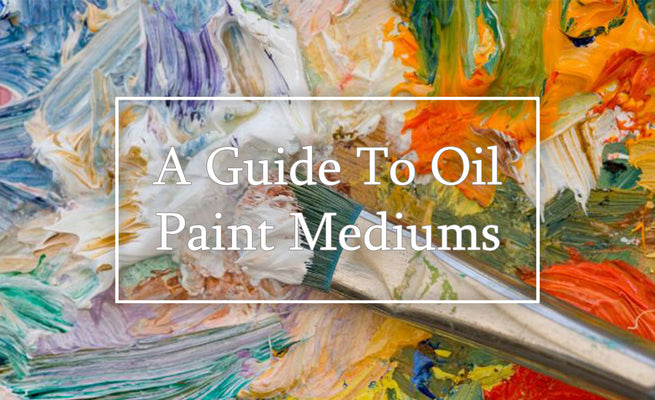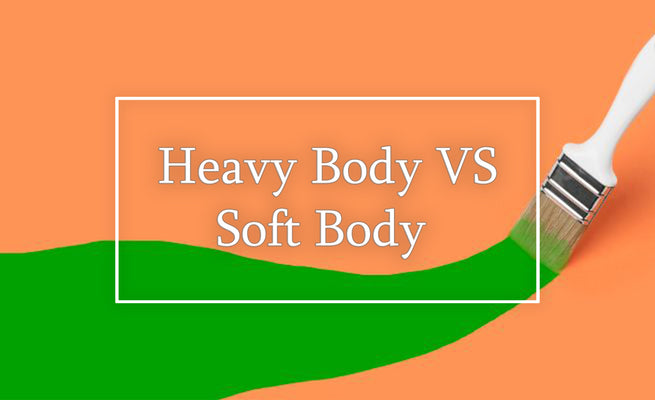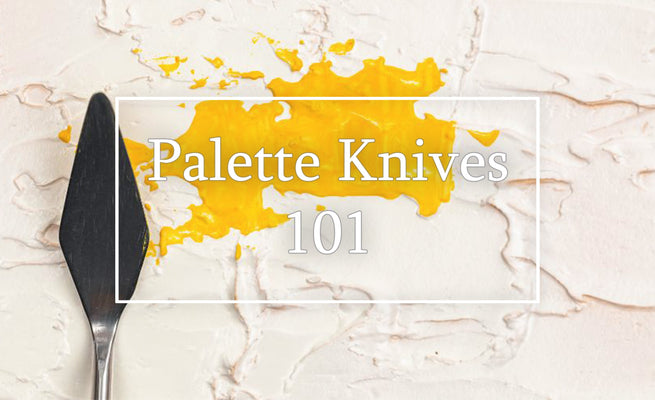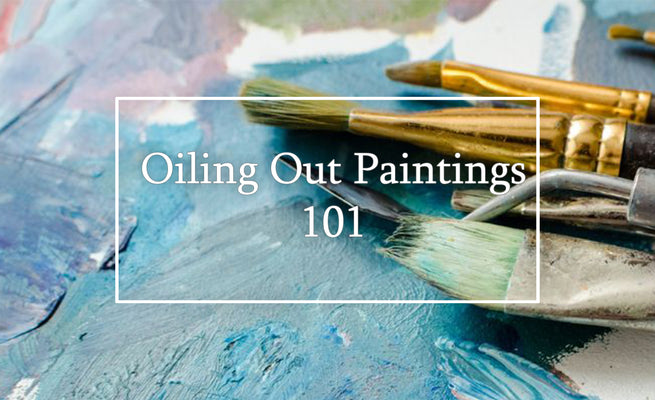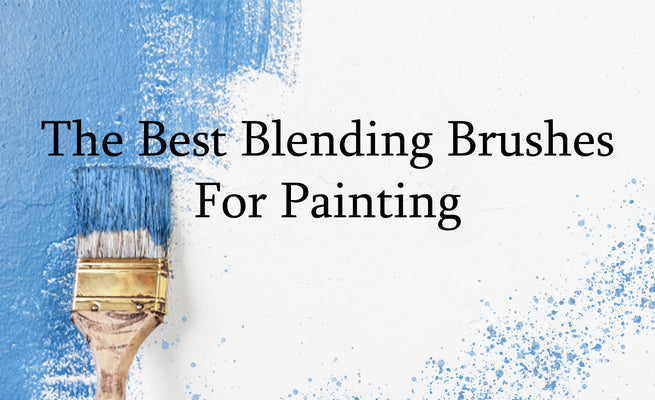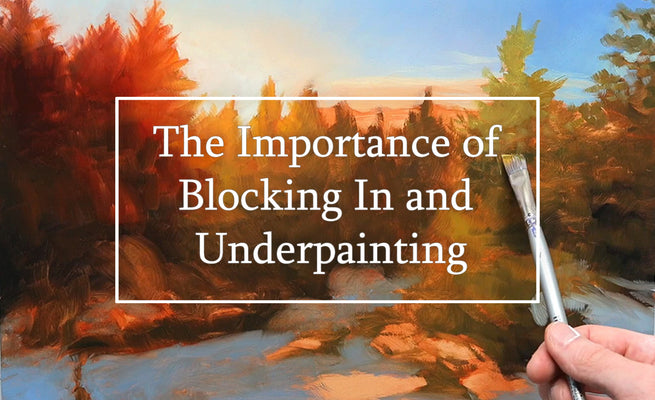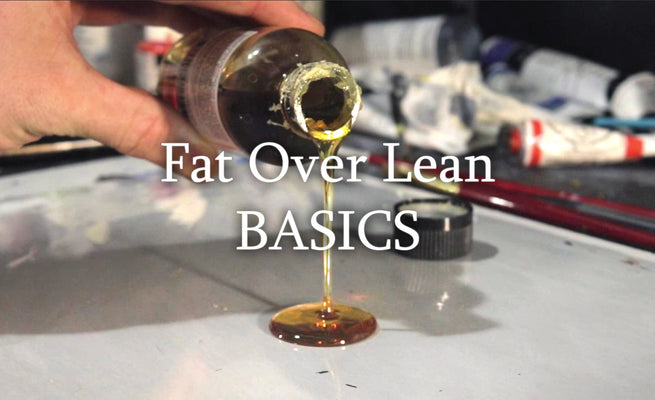You're browsing through the brushes at the art store and become overwhelmed by all the types available. Don't sweat it, we've all been there. The biggest category you might notice however, is natural hair bristle brushes and synthetic bristle brushes, which is what we'll go over in this article. Both of these paint brushes have their own unique qualities and work great in different situations, so let's break down what they are.

Note: This blog contains affiliate links and purchasing through them supports our site at no extra cost to you.
An overview of natural vs synthetic brushes
Natural hair bristle brushes are made from the hair of animals such as sable, squirrel, and hog. These types of brushes have a natural ability to hold and release paint, which make them ideal for fine detail work and blending. They are also very durable and can withstand heavy use without losing their shape. The downside is that they can be expensive and are not as easy to clean compared to synthetic brushes.
On the other hand, synthetic bristle brushes are made from materials such as nylon or polyester. They are more affordable than natural hair brushes and are easier to clean. Synthetic brushes can be used with a variety of paints, including oils and acrylics. These reasons are what make synthetic brushes a popular option for many. Their downside is that they may not have the same ability to hold and release paint as natural hair brushes.
When it comes to choosing a brush for oil painting, it's often reccomended to use natural hair brushes because the natural fibers of the brush hold the oil paint load really well, making it easier to create fine detail and blend colors. However, it's important to understand that a lot of this depends on how you work with your paint. There are many artists that find that incorporating synthetic brush into their paintings works quite well. There are a several brands out there that produce synthetic brushes with a stiffer, more unique feel, meant for oil painting that might be worth a try.
For acrylic painting, both natural hair and synthetic brushes can be used, so it's up to the artists preference. Synthetic brushes are the suggested brush for acrylic painting as they are easier to clean. You can certainly use natural hair brushes for acrylic painting too, you just need to be on top of keeping them clean and cared for properly.
There most likely wont be a single type of brush that will do it all for you. A lot of times the natural bristle brushes will be great for underpaintings and blocking in, while the natural hair brushes will allow you to finesse the paint for a delicate finish.

When blocking in a painting, which type of brush works best?
Natural bristle brushes, such as hog hair brushes, are considered to be better for blocking in a painting or applying large areas of color to the canvas. This is because natural hair brushes have a stiffer texture which gives them the ability to push and release the paint. These brushes are perfect for times that you're working with thicker paints. Synthetic brushes, while they can be used for blocking in, tend to have a softer texture and may not hold as much of a paint load, which can make it more difficult to achieve the control and coverage that you're after.
Another advantage of natural bristle brushes is that they hold their shape well over time, which is also very useful when blocking in a painting. Due to the nature of synthetic brushes, they tend to lose their shape more quickly when working on large areas like this. And finally, natural bristle brushes, particularly hog hair, are known for their durability. This typically makes them a more cost-effective option in the long run.

Don't count out synthetic bristle brushes just yet though...
Synthetic hair brushes may be better for adding final details in your painting because they have a softer texture than natural hair brushes, which can make them more suitable for fine detail work.
Synthetic brushes, that are made of nylon or polyester fibers, are often smoother and more consistent in shape and texture than natural hair brushes. This is can be beneficial for fine details because it gives you more precision in application. The synthetic fibers are also less likely to split, which makes it simpler to achieve fine lines, even blends, and strokes.
It's also worth noting though, that some artists do prefer to use synthetic hair brushes for oil painting as well. It just depends on the paint they are using and the style of their work. Ultimately, the choice of brush depends on the type of paint you're using and the style/preference of the artist.




